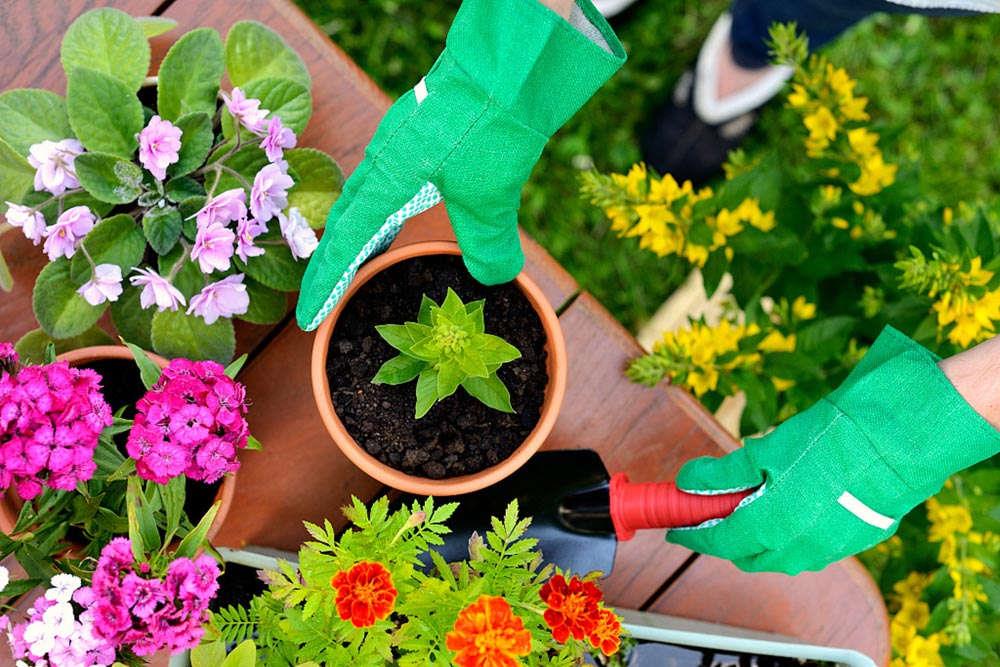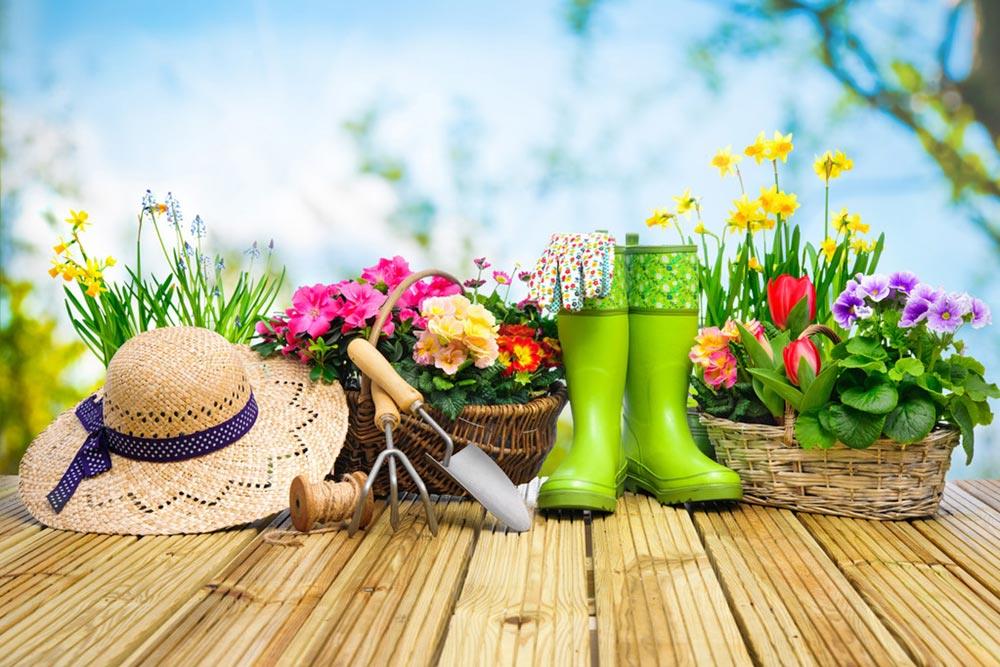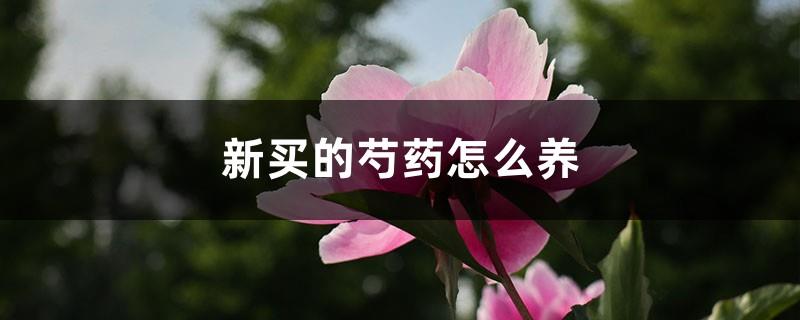How to grow flame orchid and what you need to pay attention to
Last Update :2024.05.08
Article Catalog
3. Problem diagnosis and treatment
Temperature: Flame orchid likes high temperatures and grows well in a warm environment between 18-35℃. Light: It likes light. When maintaining it, you should give it enough sunlight, but do not let it be exposed to strong direct light. Watering: During the peak growing season, water should be timely and the soil should not be allowed to dry out. In summer, it should also be sprayed with water to keep the air humidity between 70-80%. Fertilization: Top dressing is required during the peak growing season. It is recommended to choose liquid fertilizer and apply it every 15 days or so.

1. Maintenance methods
1. Maintenance methods
1. Temperature: Judging from the latitude of its distribution area, it likes higher temperatures. Specifically, the most suitable range is between 18 and 35 degrees. Its cold resistance is not very good, so it is generally not distributed in places with severe cold winters. If it is maintenance, you need to pay attention to winter cold protection.
2. Light: Flame orchid is a light-loving plant. Its growth, and subsequent flowering, cannot be separated from light. However, it should be noted that too strong light can also be harmful, such as causing leaves to turn yellow and fall, flowers to wither, etc., so it is necessary to provide some shade at noon.

3. Watering: Flame orchids like moisture. Especially when growing vigorously, it needs a lot of water. In addition to keeping the substrate moist, the humidity range of the air must be adjusted to between 70 and 80 percent. When it is too dry, it needs to be adjusted by spraying water.
4. Fertilization: Flame orchids also need more fertilizer. In addition to general base fertilizer, fertilizer must be applied every half month. Especially during the flowering period, phosphorus and potassium fertilizers are more important.

2. Breeding skills
1 , Propagation: Propagation can be done by dividing the plants. Mainly done in spring and autumn. You can use the new shoots that grow out of the mother plant after the top is removed as material. After cutting them with a knife, they are ready for planting. Overall, the operation method is relatively simple, and the probability of success is relatively high. However, special attention needs to be paid to maintenance after planting to ensure temperature and humidity.
2. Pruning: In spring, the main pruning task is topping, and the yellowing and dry leaves also need to be cut off. Furthermore, it is best to cut off the remaining flowers as soon as possible after flowering.

3. Problem diagnosis and treatment
1 , Diseases: Overall, there are not too many diseases. In the summer, the probability of occurrence is relatively high. For example, "Vitiligo" is prone to occur under high temperature and high humidity. Lime can be used to control it. In addition, drainage work must be done well.
2. Pests: Commonly seen are "scale insects", which tend to appear when humidity is high and can be controlled with insecticides.

IV. Other issues
1 . Toxicity: Flame orchid is non-toxic and harmless.
2. Can it be raised at home? Yes, it is very ornamental. However, this species is relatively rare and not too common.

2. Breeding skills
3. Problem diagnosis and treatment
4. Other issues
- END -
What is the flowering period of pothos?

Pothos is generally appreciated as a foliage plant and is a tall vine. It cannot b...
How to care for newly bought peony

When you first buy peony, you need to check the condition of the plant first. If t...